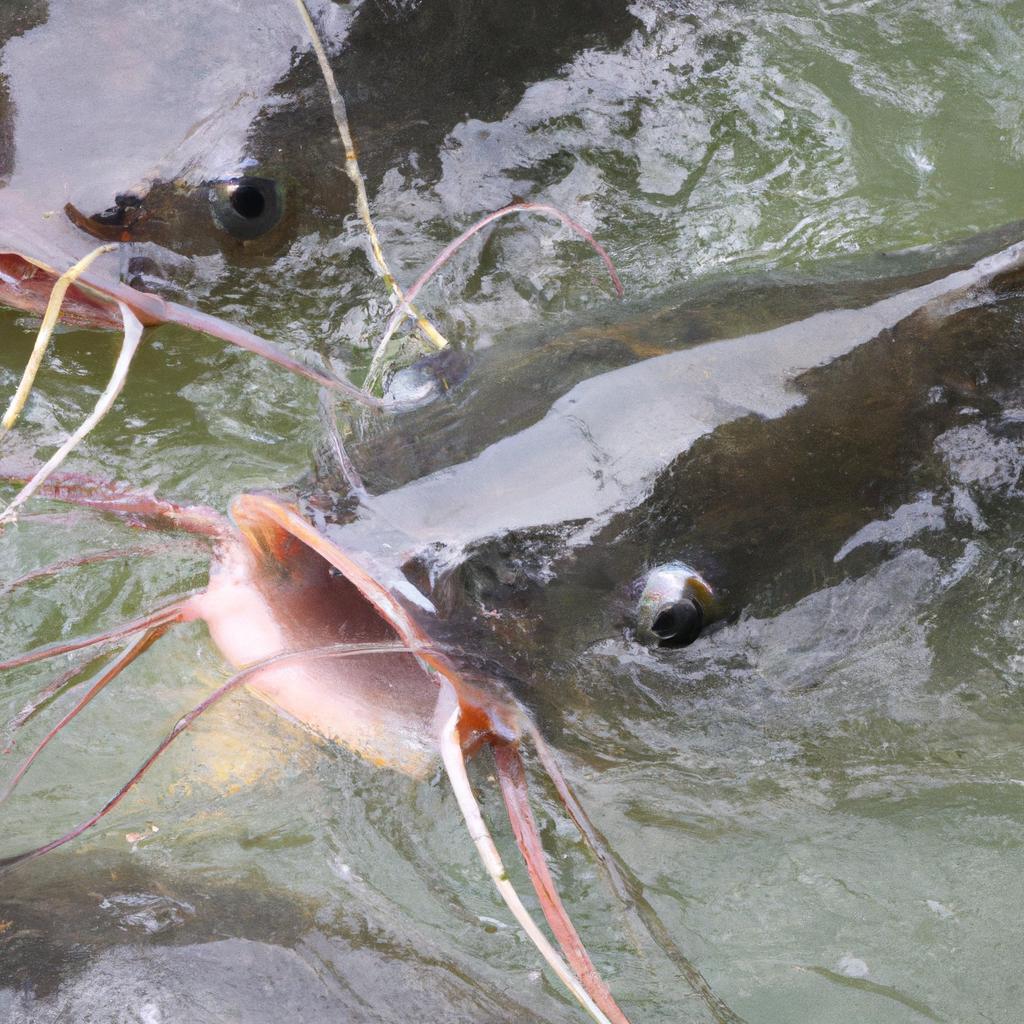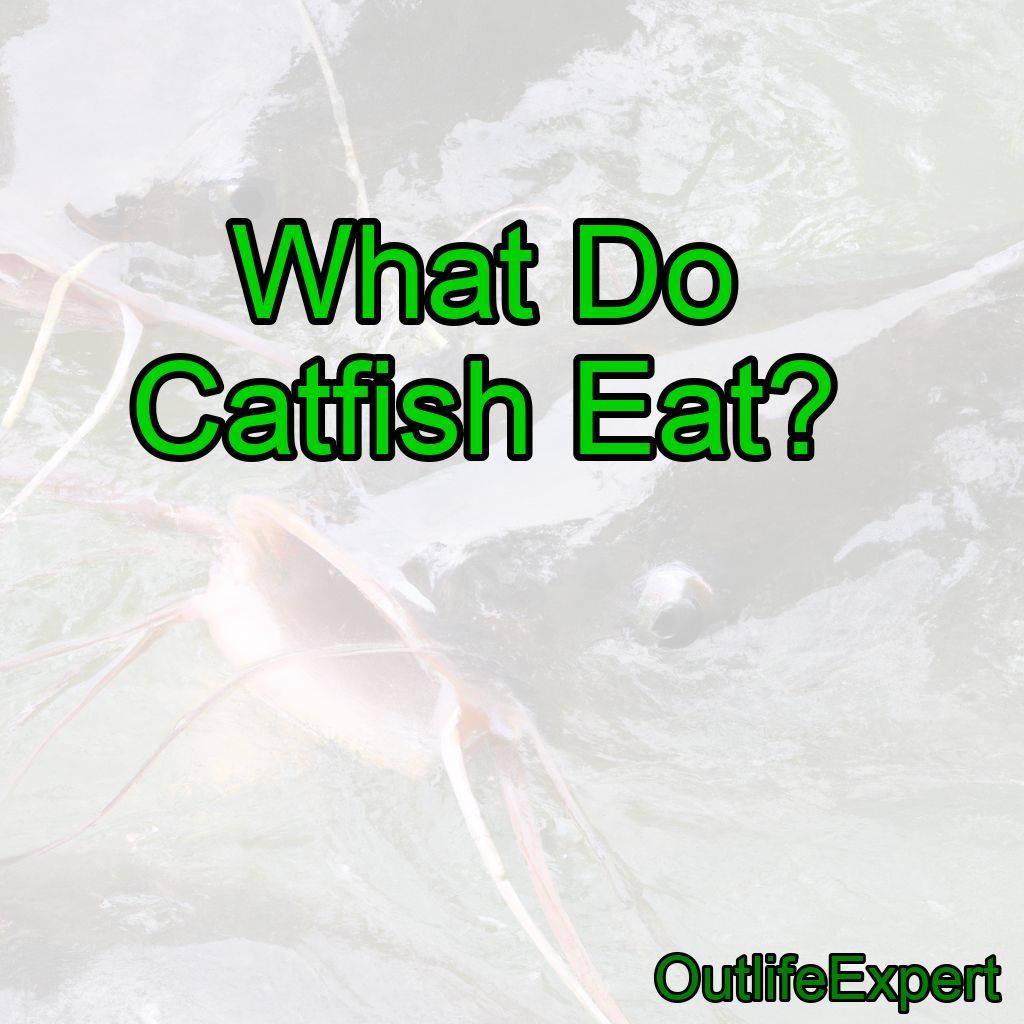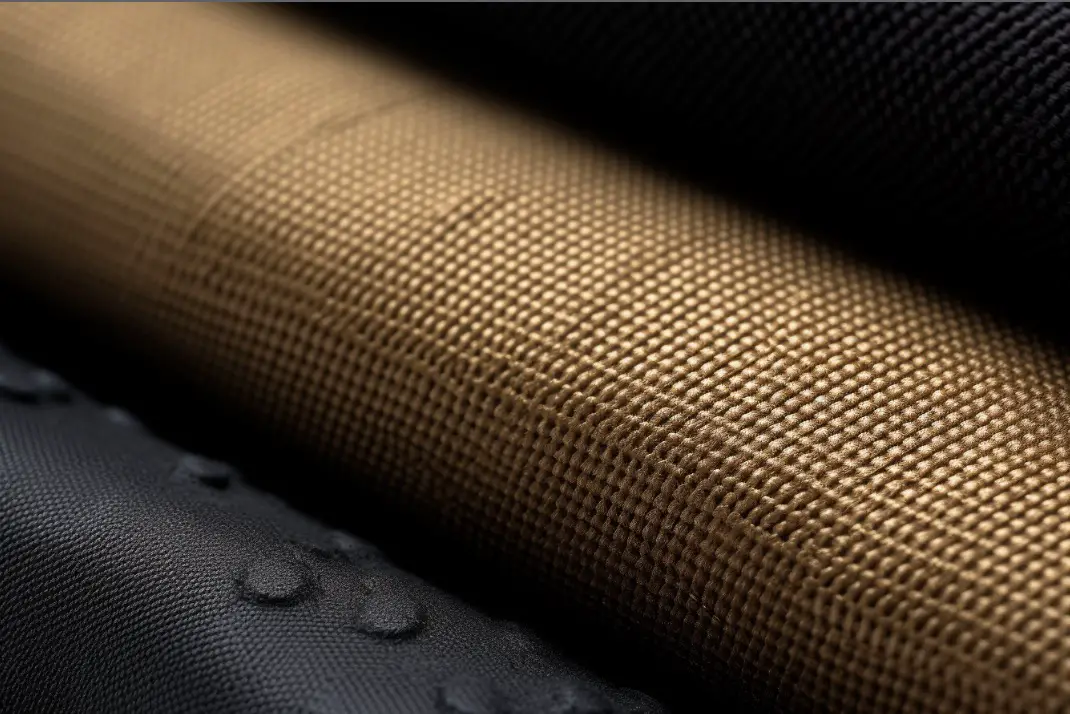What do catfish eat? In a nutshell, catfish are opportunistic feeders that consume a wide variety of food sources. Their diet primarily consists of insects, smaller fish, plant materials, and virtually anything that can fit into their mouths. As a marine biologist who has spent years studying and observing these fascinating creatures, I can confidently say that the eating habits of catfish are as diverse as the many different species that exist.
In this blog post, I will delve into the various food sources that make up a catfish’s diet, as well as some of the interesting behaviors they exhibit while feeding. I will also discuss the factors that influence their eating habits, such as their environment and the availability of food.
The Diet of Catfish: A General Overview
Insects and Invertebrates
A significant portion of a catfish’s diet consists of insects and invertebrates, such as worms, crayfish, and shrimp. These creatures are abundant in the aquatic environments where catfish reside, making them an easily accessible food source. Catfish are especially fond of aquatic insects, such as dragonfly larvae and mayfly nymphs, which they can easily catch with their barbels (whisker-like sensory organs) and strong jaws.
Smaller Fish
Catfish are also known to prey on smaller fish, including those of their own species. They are opportunistic predators, meaning that they will consume whatever is available and easy to catch. Some catfish species, such as the channel catfish, are particularly adept at catching live fish and have even been observed hunting in groups to increase their chances of success.
Plant Materials

While catfish are primarily carnivorous, they have also been known to consume plant materials as part of their diet. This can include algae, aquatic plants, and even fruits and seeds that have fallen into the water. The consumption of plant materials is more common among smaller catfish species, as they are less likely to be able to catch larger prey items.
Factors Influencing Catfish Diet
Habitat
The habitat in which a catfish lives plays a significant role in determining its diet. Catfish can be found in a wide variety of aquatic environments, ranging from large rivers and lakes to small ponds and streams. The availability of food sources within these habitats can vary greatly, with some areas being more abundant in insects and smaller fish, while others may have a greater abundance of plant materials.
Seasonality
The diet of catfish can also be influenced by seasonal changes in their environment. For example, in some areas, the availability of insects and smaller fish may be more abundant during the warmer months, while plant materials may be more readily available during colder periods.
Food Availability
The availability of food within a catfish’s habitat can also impact its diet. In areas where food is scarce, catfish may be more likely to consume plant materials or scavenge for dead animals, while in areas with an abundance of food, they may be more likely to focus on hunting live prey.
Catfish Feeding Behaviors
Nocturnal Feeding
Many catfish species are nocturnal feeders, meaning that they are most active and feed during the night. This behavior allows them to take advantage of the cover of darkness to sneak up on their prey and avoid potential predators.
Scavenging
Catfish are also known for their scavenging behaviors, which involve searching for dead or decaying organic matter to consume. This can include dead fish, animals, and even plant materials. Scavenging is an important aspect of a catfish’s diet, as it allows them to obtain nutrients from sources that may be otherwise unavailable.
Sensory Adaptations for Feeding
Catfish have a number of sensory adaptations that help them locate and capture their prey. These include their barbels, which are covered in taste buds and can detect the presence of food in the water, and their strong sense of smell, which allows them to track down potential food sources.
The Role of Catfish in the Ecosystem
Predation
As predators, catfish play an important role in regulating the populations of their prey species. By consuming insects, smaller fish, and invertebrates, they help to maintain a balance within their ecosystem and prevent overpopulation.
Scavenging
Catfish also contribute to the health of their ecosystem through their scavenging activities. By consuming dead and decaying organic matter, they help to recycle nutrients and prevent the buildup of harmful substances in the water.
Conclusion
In conclusion, the answer to the question “What do catfish eat?” is quite diverse. Catfish are opportunistic feeders that consume a wide variety of food sources, such as insects, smaller fish, plant materials, and even decaying organic matter. Their diet is influenced by factors such as habitat, seasonality, and food availability, and they exhibit various feeding behaviors, including nocturnal feeding and scavenging. Catfish play a vital role in their ecosystem by regulating prey populations and recycling nutrients. Here are 10 fascinating facts about catfish and their diet:
1. Catfish are opportunistic feeders that consume a wide variety of food sources.
2. Their diet primarily consists of insects, smaller fish, plant materials, and decaying organic matter.
3. Catfish have barbels that are covered in taste buds to help them locate food.
4. Many catfish species are nocturnal feeders, hunting and eating during the night.
5. Catfish are known for their scavenging behaviors, consuming dead and decaying organic matter.
6. The diet of catfish is influenced by factors such as habitat, seasonality, and food availability.
7. Catfish play an important role in their ecosystem by regulating prey populations through predation.
8. They also contribute to the health of their ecosystem by recycling nutrients through scavenging.
9. Some catfish species, like the channel catfish, are known to hunt in groups to increase their chances of catching prey.
10. The consumption of plant materials is more common among smaller catfish species that are less likely to catch larger prey items.
FAQs
What is catfish favorite bait?
Catfish are known to be attracted to a variety of baits, including worms, chicken liver, shrimp, and stink baits. The best bait to use for catfish can vary depending on the species of catfish and the fishing location.
What attracts catfish the best?
Catfish are attracted to strong scents and flavors such as blood, liver, and cheese. They also tend to be attracted to areas with cover and structure, such as logs, rocks, and underwater vegetation.
What attracts catfish?
Catfish are attracted to a variety of things including live or dead baitfish, worms, insects, and even artificial lures that mimic their natural prey. They are also attracted to areas with cover such as rocks, logs, and vegetation, as well as areas with changes in depth and current. Additionally, catfish have a keen sense of smell and are attracted to scents such as blood, fish oils, and other strong odors.
Does garlic attract catfish?
There is no scientific evidence to suggest that garlic specifically attracts catfish. However, some anglers believe that the strong odor of garlic can mask human scent on bait and lures, making them more appealing to catfish.
Do catfish prefer live bait or cut bait?
Catfish are known to prefer live bait over cut bait. Live bait such as worms, minnows, and other small fish are more likely to attract catfish due to the movement and scent they emit. However, cut bait can still be effective if it is fresh and has a strong scent. Ultimately, the preference of the catfish may vary depending on the specific species and location.
What is the secret bait for catfish?
The secret bait for catfish varies depending on the species and the location. Some popular baits include worms, chicken liver, stink bait, and cut bait. It’s important to do research on the specific species of catfish and the body of water you will be fishing in to determine the most effective bait.





